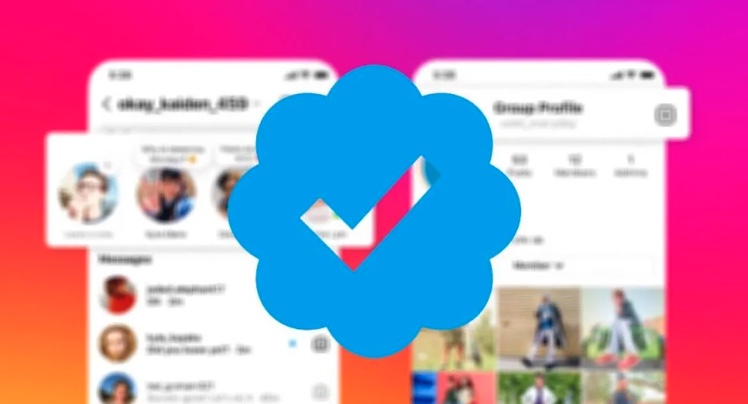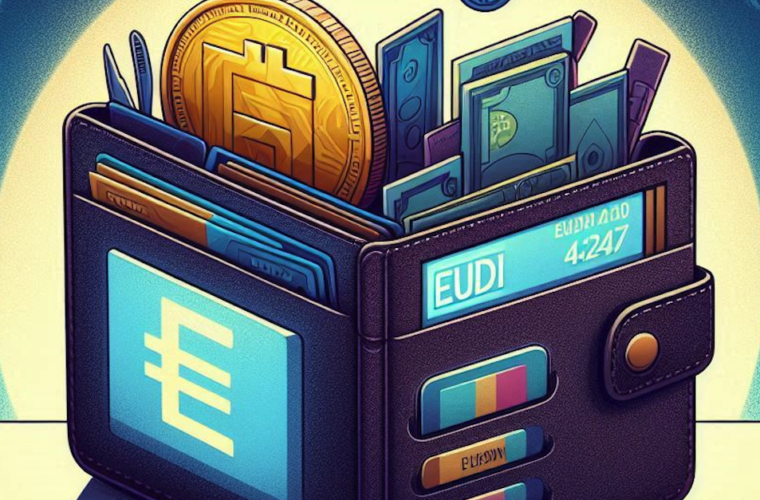$11.99 a month to get a blue tick on Instagram and Facebook. But also a fast track to customer support and protection against clone accounts. In the experiment on verified accounts launched by Mark Zuckerberg in the last few hours, there is much more than a market strategy to recover a few percentage points of revenue. There is the end of a free service that we have thought of as a public good for too long.
Just like Twitter, those who want to continue using Instagram and Facebook without paying a euro will be able to do so. And for now, there are a few disadvantages; the only one to note is that they will be considered second-class customers. The risk, however, is that the dynamics will change. A difference is created between customers and premium customers. Over time, premium customers might acquire more and more advantages. And in the end, being a regular customer could make it practically impossible to use social. Let’s start with the accounts. Like all Big Tech, Meta is coming off a disastrous financial year. Since January 2022, the stock has suffered the biggest slump in its history. The shares went from EUR 304 on 30 December 2021 to EUR 90 on 4 November 2022. Now they have recovered a little and stand at EUR 166.
The decision to bet on the Metaverse has yet to pay off. At least not yet. In the fourth quarter of 2022, this division posted losses of USD 4.28 billion, which, when added to the other quarters’ losses, amounted to USD 13.72 billion. However, those who are still growing are the users of the company’s social networks. According to Mark Zuckerberg, daily active users have reached two billion.
Metaverse aside, in 2022, Meta closed its first declining balance sheet since the beginning of its history. Revenues were USD 116.61 billion, 1% lower than in 2021. In the midst of all this, Meta also launched the largest layoff campaign since its founding. Last November, Mark Zuckerberg asked 11,000 employees to leave the company.

The same fate for all platforms
For the last fifteen years or so, ever since Facebook started spreading like wildfire across the globe, we have been convinced that social networks were almost an inalienable human right. Without social, the figure of the influencer would not exist. They gave visibility to those who had none, created a myriad of job opportunities and expanded the business’s potential. All this happened for free. The concept of social networking began to crumble with the arrival of creators. When the users who were able to generate the most engagement realized that they could also monetize from their visibility by collaborating with brands, social networks started to turn into palimpsests inhabited by people who wanted to get into this business. And along with them came agencies, dedicated graphic designers, social media managers and all kinds of web professionals.
According to a report published by the Reuters news agency in October 2022, 90% of the tweets produced monthly on Twitter were written by less than 10% of the users. Such a figure is easily scalable to other social networks; how much of the content we see on Instagram, TikTok or Facebook is produced by our friends, and how much comes instead from creators who do it (or try to do it) as a job? Meta aims to monetize precisely because of the presence of creators.
Privileges that could keep users with just a handful of followers made up of friends, relatives and colleagues further away from social. Those with the blue tick can not only bet on a more secure account, but in the future; it is easy to imagine that they will also be able to have preview functions or greater visibility on the algorithm, as is partly the case now.
The effect would be what we already see on TikTok or YouTube: the transformation of social networks into platforms where we browse creators’ content without feeling like posting anything. In practice, the end of social networks since we would only have an infinite schedule in front of us where we could occasionally leave a like, write a comment or publish a poll. A television to zap on, just a little more interactive.



